Starting Softly
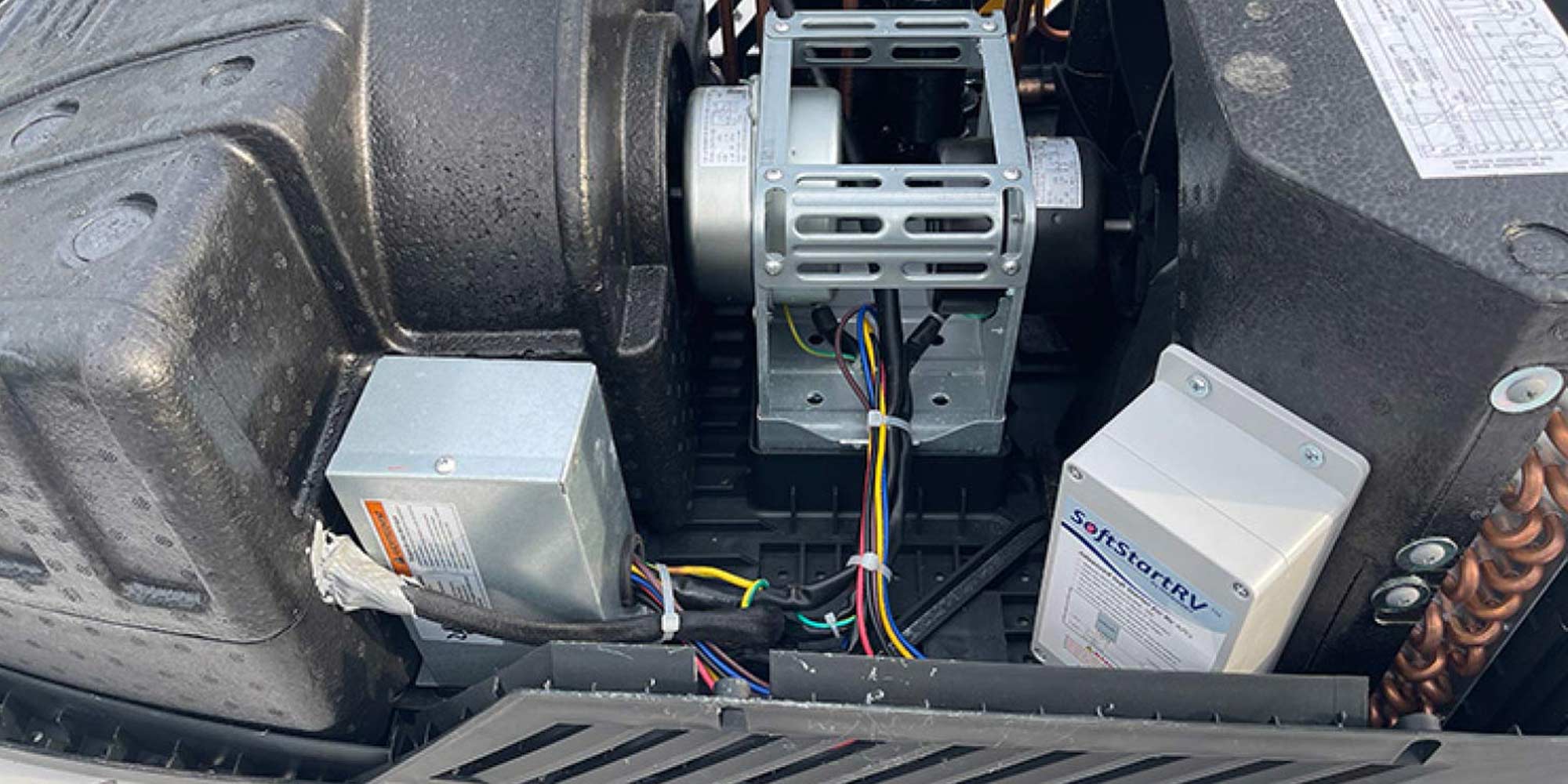
Reducing the power requirements for running a roof-top air-conditioner with a SoftStartRV device adds off-grid versatility by making it possible to employ smaller portable generators
Picture this: You bought a new 2,500-watt generator for your RV travels that you believed should be able to provide enough power to operate an air-conditioner. After all, it provides 20 amps of current, and the A/C only requires 13 amps to run. Piece of cake, you think to yourself; “If I need the A/C I just won’t run anything else.”
Famous last words. You start the generator, hook up the RV, and all is good — until you turn on the A/C and the generator gives up the ghost.
What happened? Two words: Start surge — which is much higher than the generator’s run-power requirement. And that’s if absolutely everything else in the RV, which also tax the system, is turned off.
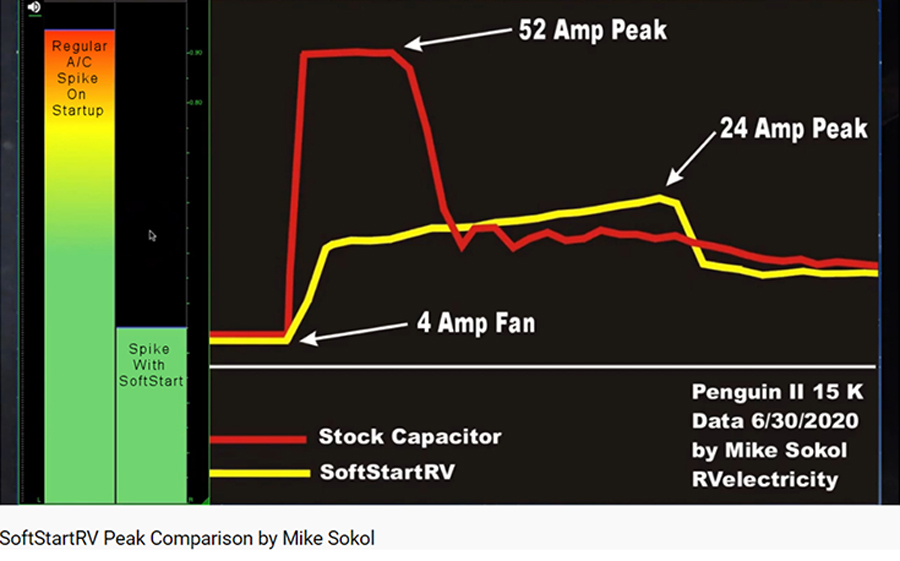
This surge literally lasts for only 1/6 of a second — but it’s enough to cause a generator to stall out. All single-phase air-conditioners, like those in RVs, have a start capacitor, which provides an inrush of amperage to kick-start the compressor, and a spike of power to recharge the capacitor. Unfortunately, this momentary inrush and recharge will cause an under-rated generator to stall or a borderline shorepower provision to trip a breaker.
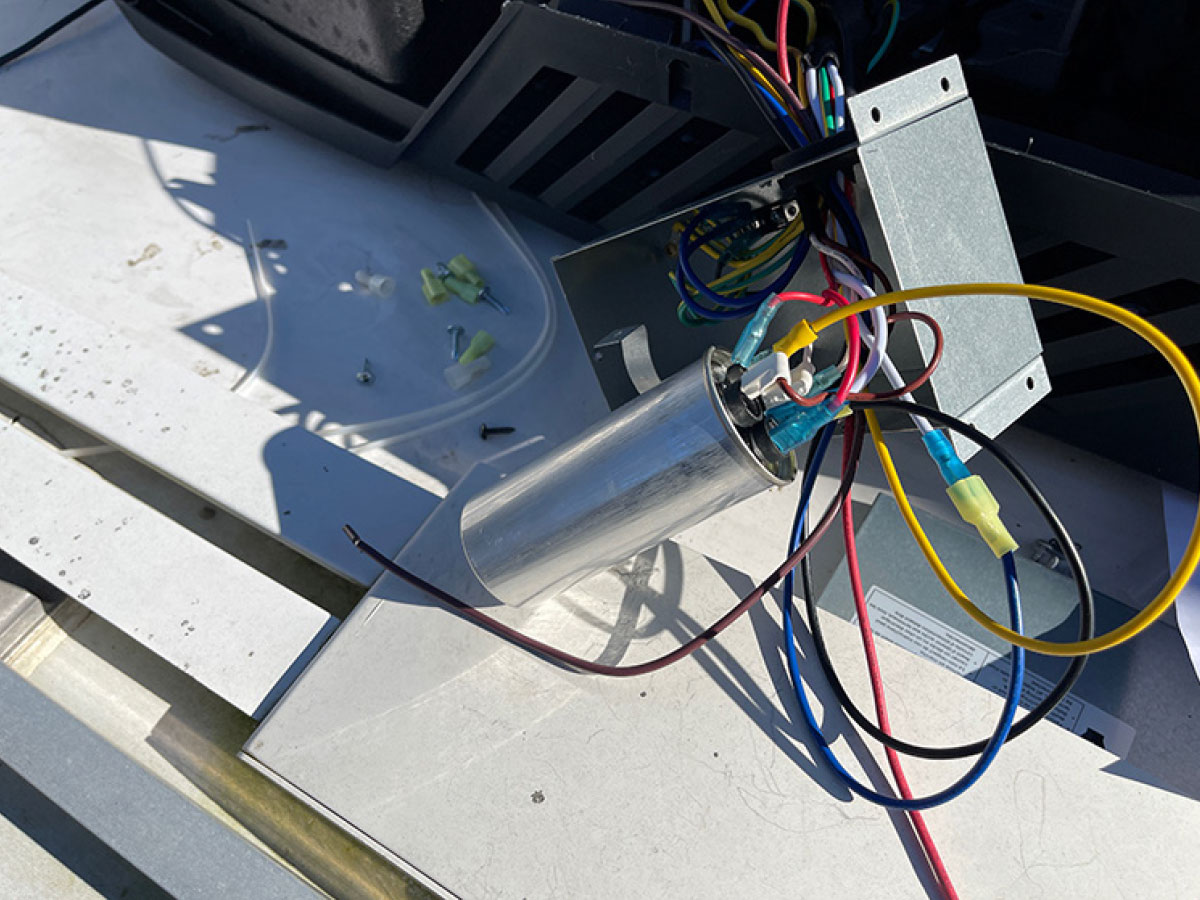
The SoftStartRV electronically ramps up the compressor over a longer period of time (about 1/3 of a second), substantially reducing the current required. RV Enthusiast contributor Mike Sokol tested the SoftStartRV on a Dometic Penguin 15,000-Btu air-conditioner (https://www.youtube.com/watch?v=iJqijovoMW0&t=3s) and, with his recording equipment, was able to visually demonstrate how the technology works. In his example, the air-conditioner spiked at 58 amps stock — and just 24 amps after the SoftStartRV was installed. That’s 6,960 watts without, and 2,880 watts with the SoftStartRV.
We recently installed the SoftStartRV on a Furrion 14,500-Btu CHILL air-conditioner mounted on a Lance truck camper with a 2,500-watt LP-gas inverter-generator. In our practical test, we found the generator couldn’t start the new Furrion unit, whereas the legacy Carrier Air-V 13,500-Btu model could be started (although the generator would bog down substantially). After installation of the SoftStartRV, not only would the Furrion start on the genset, but the generator would barely bog. From fan only to starting the compressor was a smooth, quiet transition, unlike the clunking or rattling experienced with many air-conditioners. Not only will the SoftStartRV help prevent the annoying noises, but the lower starting requirement reduces strain on the compressor, which increases longevity, according to the company.
The installation is straightforward for any do-it-yourselfer — it only takes minutes to complete the job. SoftStartRV also offers videos and relatively clear instructions for all brands of RV A/Cs and can provide a live call with a technician to walk you through the installation. Installation kits have everything needed for the installation; you’ll need a screw gun with bits, wire strippers, a wire crimping tool and, for the Furrion, a long bit extension to remove the wiring box inside the A/C.
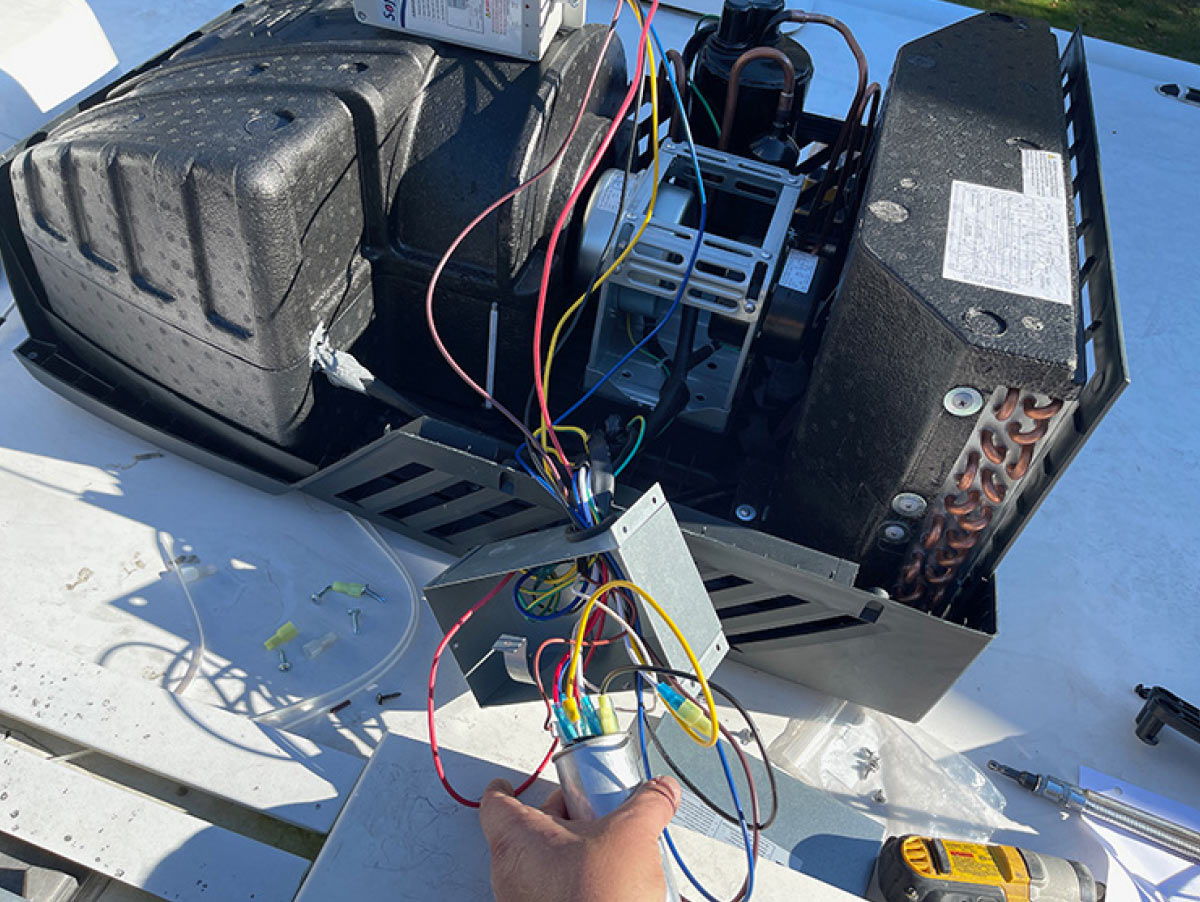

Once installed, there is nothing further to do; just run the air-conditioner. The main unit is a one-size fits all design; install kits are available online if you want to move the device to another RV.
This technology has revolutionized RV air-conditioning and manufacturers are integrating these devices into some of their models, providing 65-70% startup power savings right from the factory. While the $329 Amazon price (https://amzn.to/3nT0zOn) isn’t anything to sneeze at (there is a 5% coupon bringing it down to $312.55 with Prime shipping), the ability to run a roof air-conditioner off a generator or inverter, as well as make the compressor last longer, is a huge benefit.
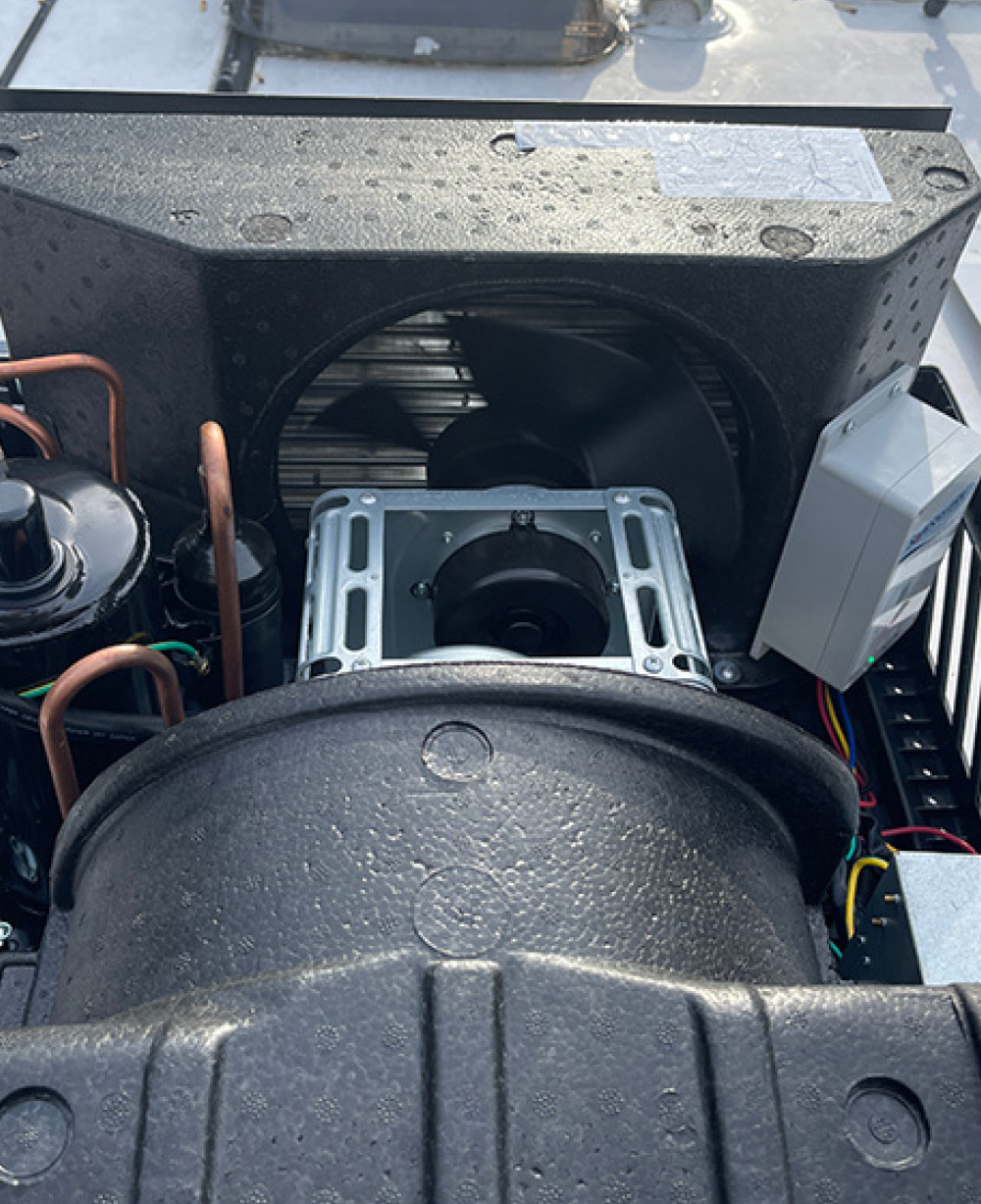
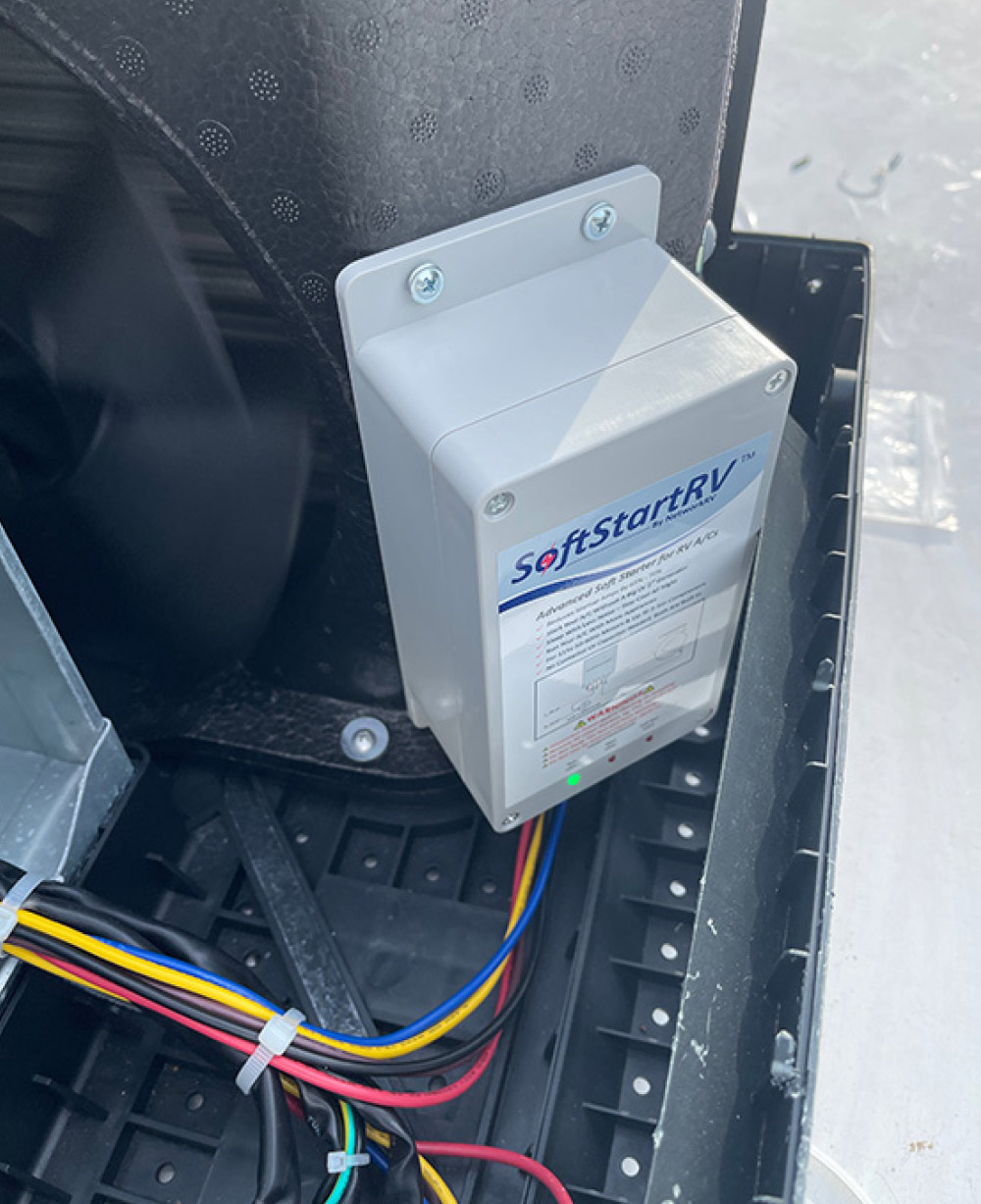
SoftStart RV
(954) 606-6886
https://www.softstartrv.com/
Already a Subscriber? Click here for Access to the Full Issues.

